All About 30W LED Floodlights

LED Spotlight Is a versatile lighting device that solves a fairly wide range of tasks from lighting architectural compositions to decorating lighting and elementary lighting of small street areas. Spotlights with a power of 30 W belong to the segment of fairly powerful devices, which incorporate the latest technologies that show excellent performance with the lowest level of power consumption.
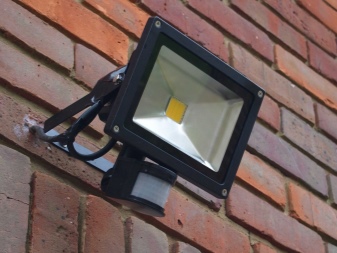
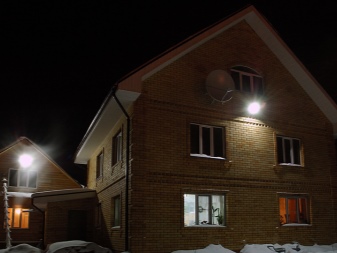
Peculiarities
LED floodlights for most of their parameters are significantly superior to their old counterparts, especially in terms of efficiency and brightness. Power line of manufactured modern floodlights: 10, 20, 30, 50, 100 W. For a 30 W LED floodlight, the optimal area of the illuminated area is 240-300 m². Suspension height level in the range of 8.7-9.7 m.
These indicators are decisive when choosing a device where LEDs are the main structural elements.

Let us note a number of advantages of the discussed floodlights (30 W).
-
Significant degree of energy efficiency. Such a device is able to provide luminous brightness comparable to older types of analogs with higher power, operating on metal halide lamps, which leads to significant cost savings.
-
For LED devices, the efficiency reaches 90%, and for a conventional incandescent lamp it is only 20%, the rest is spent on generating heat.
-
High reliability of the product, longer service life are determined by the use of diode elements with a resource of about 50,000 hours (5 years of tireless work). Constructive simplicity of the device, which does not require regular preventive measures. The low level of heat generation does not lead the device to overheating, does not force the use of active cooling circuits.
-
The compactness of the case and low weight make it possible to place LED street devices both on special brackets and on elementary fasteners, which greatly simplifies the wiring diagram, which a non-specialist can cope with.
-
There is no need to use external power supplies that lower the voltage, since the device is directly powered from a 220V household network (consumption current 0.14 A).
-
They work in all weather conditions, as they have protection of the IP67-68 standard.

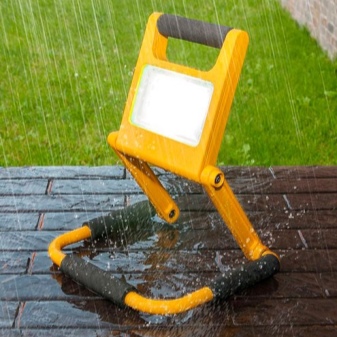
Such a device shines in different ways, and to characterize the quality of lighting there is a separate parameter called the color temperature, measured in Kelvin (K).
-
Warm white lighting (up to 3500 K). This soft type of light gives off an amber hue, does not dazzle even when close. It is used to illuminate verandas or gazebos.
-
Daylight version (3500-5000 K). Provides light similar to natural sunlight. Suitable for offices and warehouses. With this light, the eyes do not get tired.
-
Cool white (over 5000 K). Used when lighting large areas, courtyards, parks, sports areas.
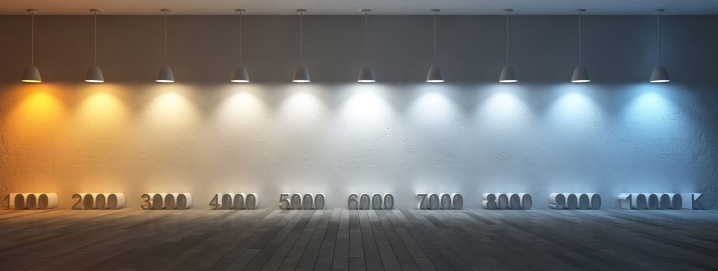
Another special parameter is called luminous efficacy, it characterizes the degree of brightness of the lighting.
Designated - Lm / W. For objects with the presence of small parts (billboards), the parameter should exceed 80 Lm / W, and for objects where there are no small elements (porches, courtyards, etc.) - no more than 60 Lm / W.
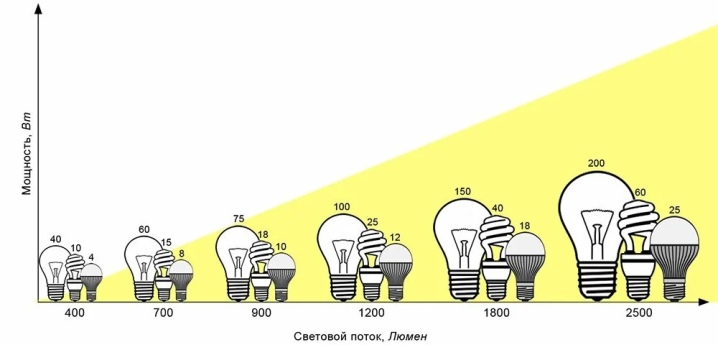
A significant role in the choice of a product is played by color rendering index, reflecting the degree of accuracy of the projection of the color of illuminated objects. The parameter is designated as Ra. For example, Ra1 is the lowest color rendering and Ra 100 is the highest.The optimal value of this indicator is in the range of 70-100 Ra.
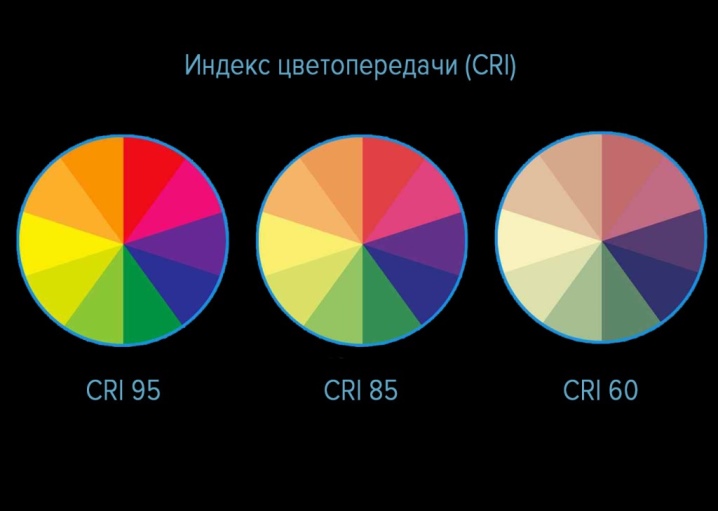
To illuminate streets or warehouses, devices with Ra 70-80 are installed. Ra about 100 is used in complex design projects where the quality of color reproduction is extremely important.
Allocate also toclasses of dust and moisture protection, designated as IP. For example, IP65. The higher the number, the more effective the level of moisture and dust protection. For the needs of the street, they usually use IP65 technology. Even the constant London moisture and rain will not harm such a product. IP65 is also chosen for industrial production, where there is always an abundance of dust. If the IP level is low, the device will quickly fail.
Some devices use motion sensors to save energy consumption.
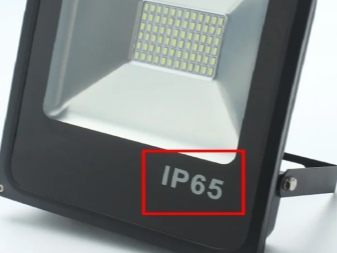
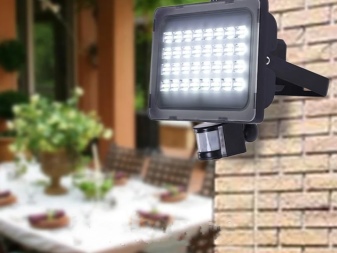
Species overview
There are a number of classifying features of devices corresponding to certain types, including products with a power of 30W.
- By power - 10-500 watts.
- In terms of brightness - 700-34000 lm.
- By IP protection class, for example:
-
IP20 - for indoor use, no protection;
-
IP21 / IP22 - for use in rooms without heating (protected against condensation);
-
IP65 - for outdoor use with full protection.
Also produced:
-
automated devices (with a photo relay), in which the light is turned off and on automatically;
-
non-automated.
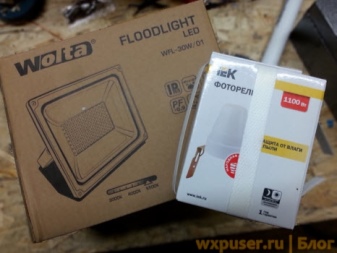
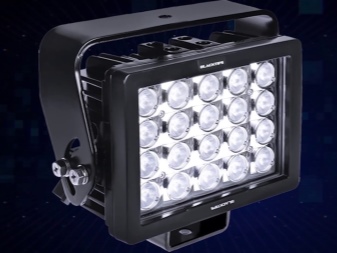
By the type of product placement there are:
-
floor;
-
wall-mounted;
-
mast;
-
under the console;
-
stationary;
-
portable.
There are also battery versions and mains (220 W).
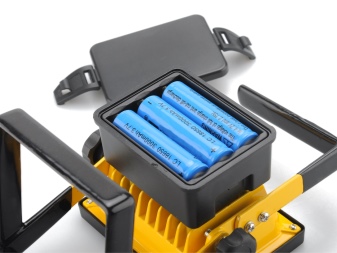

Popular brands
Among the many best brands, we will single out products from the most tested and popular:
-
Wolta;
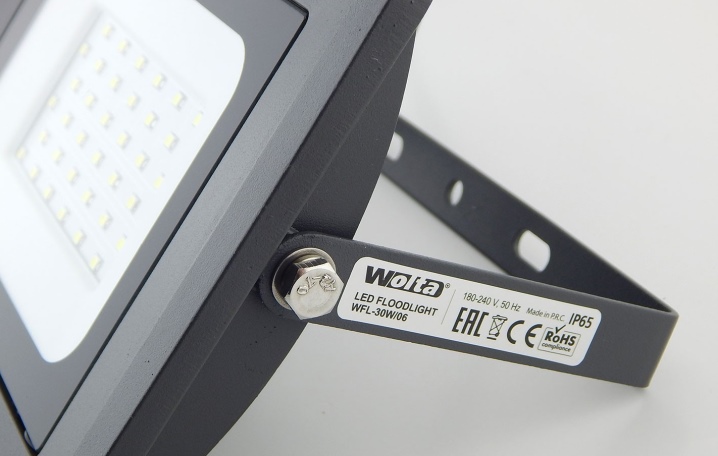
- Globo;
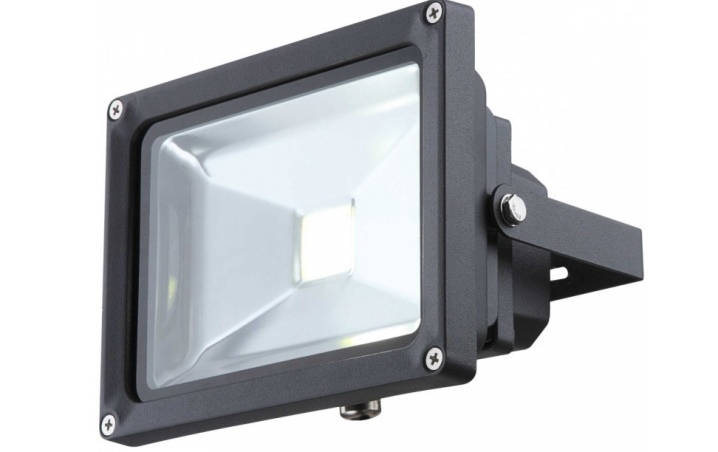
- Feron;
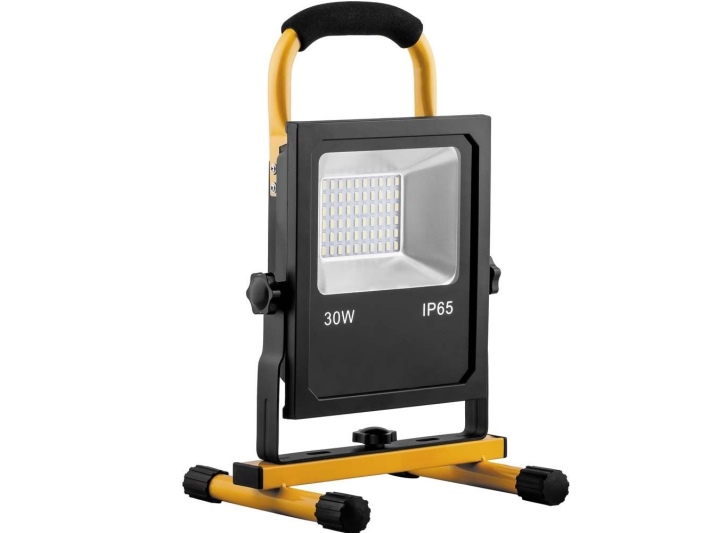
- "ERA";
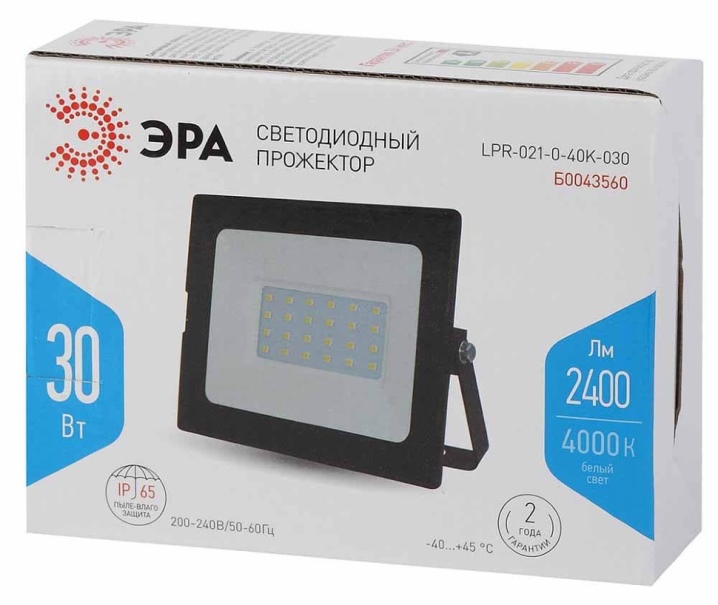
- NovoSvet;

- D-Energy.
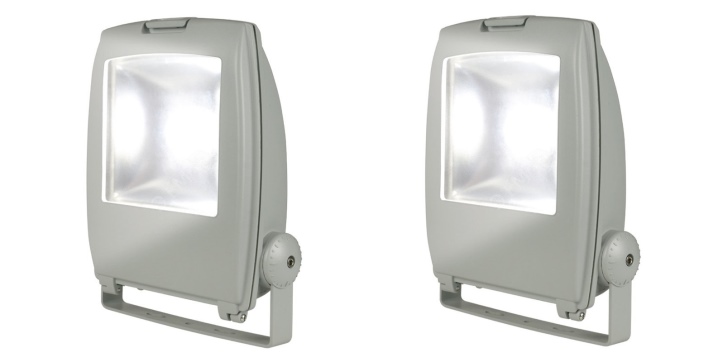
Any of these brands present excellent and long-lasting diode lights on the market. The final choice of a specific product depends on the conditions of the upcoming use (area of the site, the required color and brightness, power and the required level of protection).
Spare parts
Three main parts of LED floodlights - matrix (light source), module and power supply (driver), are set to the corresponding associated current-voltage characteristics. Separately, they, as a rule, cannot be repaired, but are replaced by complete blocks, and sometimes all at once.
The number of matrices and drivers in a product can be from 1 to 4.
If your spotlight began to blink, shine dimly, or simply does not light up, then this means that the time for replacing spare parts has come, diagnostics are needed.
When assembling matrices, clusters of superbright diodes (5050, 5630) or large matrices with ordinary SOD diodes of intense brightness are used.
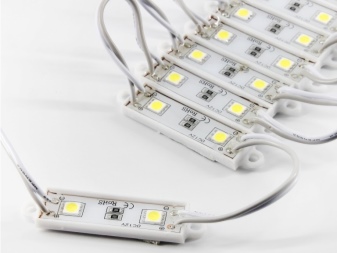
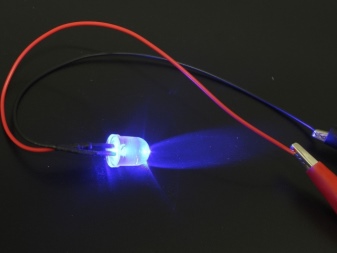
Selection Tips
Basic parameters for choosing street spotlights:
-
location and time of use (hospital or temporary hut);
-
lamp type;
-
brightness (from 800 to 20,000 lm), the higher the value, the more light the device emits;
-
the level of protection of the case and the material of manufacture;
-
power level;
-
way of connecting power (220 V directly or through an adapter to 12 V), color temperature;
-
resource (15000-50000 hours);
-
color rendering;
-
type of lighting (the angle of light emission is applied point or diffused);
-
temperature range of work (focusing on the average annual temperature in the area).
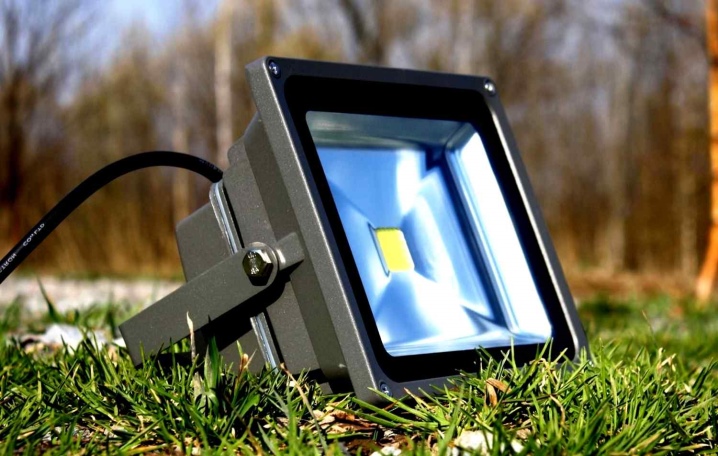
For small areas (for a veranda, a gazebo, a path to a garage, etc.), choose devices with a power of 10-50 W and with a color temperature of up to 4000 K.
The most traditional indicators: IP65, Ra 70-75, 60-80 Lm / W. It is better to choose body parts for the street from stainless steel, and the reflector from aluminum.
It is not worth saving on the radiator, since such savings will reduce the amount of heat removed from the matrix and reduce its service life. It is not worth saving on protective functions, the degree of enclosure protection IP54 / 64 would be quite a suitable option.
When choosing a product for a summer residence, purchase it with motion sensors. It will light up when necessary, and this is a significant savings.
Round shaped luminaires are better suited for directional illumination of an area.If you need to uniformly illuminate a large area, then purchase a product in a square case - it gives diffused lighting.

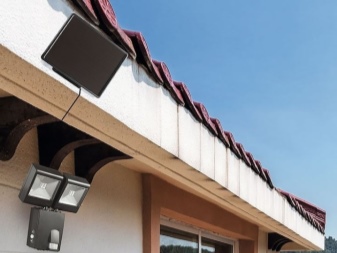
How to connect?
Connecting a cable to an LED floodlight consists of a number of standard steps.
-
We clean the ends of the installation wires in order to securely attach them to the socket terminals.
-
We remove the box cover or disassemble the case (depending on the design features of the device).
-
We introduce the network wiring through a special coupling with a gland into the housing (pressure seal), and fasten the conductors in the terminal blocks. We connect the cores, guided by the marking and their designation (phase, neutral, earth). If the product is with a motion sensor, then the connection of the wires from the sensor and the light switch is performed in one phase contact group.
-
After fixing the wires to the terminal blocks, we put the cover of the junction box or the device case back - the product is ready for installation.
The connection of the wire from the device to the network (220 V) is carried out after de-energizing the installation site and disconnecting the voltage. For this, the machine on the shield is turned off.
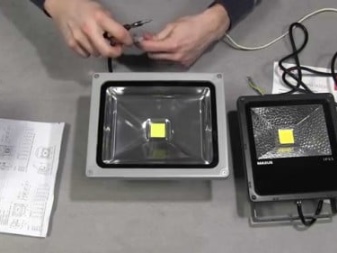
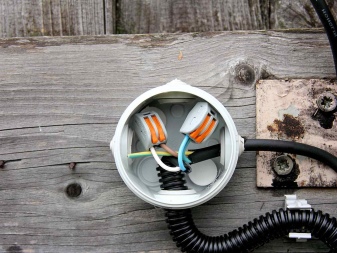













The comment was sent successfully.